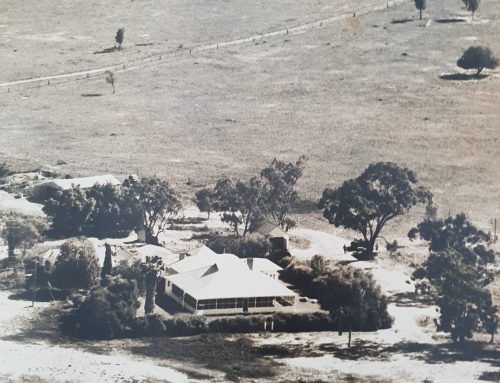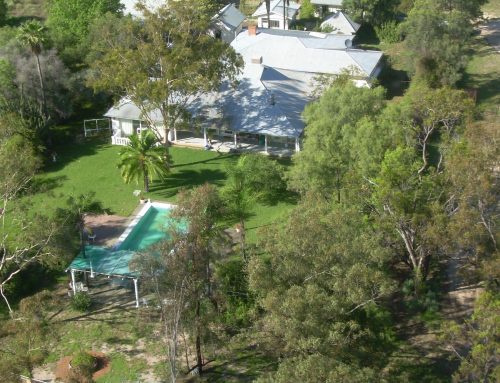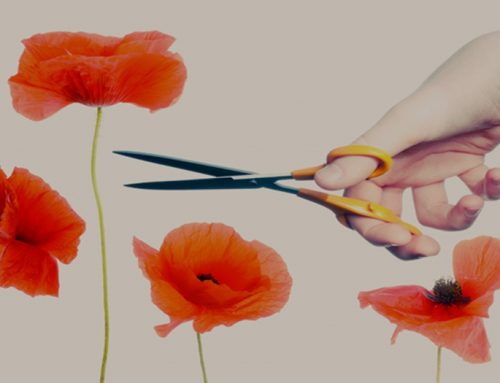Considering were not averse to chomping down on a nice piece of spring lamb or Bambi, if youre a venison lover, its surprising how many people dont like the idea of eating kangaroo or emu.
Meat is meat after all, isnt it? And if it isnt, then what makes skippy and our own version of Big Bird so unappealing?
 Kangaroo is a healthy meat and I certainly dont think of Skippy the bush kangaroo (the Television series) or road kill in the country, when kangaroo meat is on the menu but some people do! And yet kangaroo is low in saturated fats, full of iron, free-range and organic. And if you don’t overcook it, it’s very tender. Think a nice steak. Its closer in taste to a strong, gamey venison but others think its a good cross between venison and buffalo. Either way, its lean and juicy, combines well with chutneys, berry type garnishes, sauces or marinades or solid red wine sauces.
Kangaroo is a healthy meat and I certainly dont think of Skippy the bush kangaroo (the Television series) or road kill in the country, when kangaroo meat is on the menu but some people do! And yet kangaroo is low in saturated fats, full of iron, free-range and organic. And if you don’t overcook it, it’s very tender. Think a nice steak. Its closer in taste to a strong, gamey venison but others think its a good cross between venison and buffalo. Either way, its lean and juicy, combines well with chutneys, berry type garnishes, sauces or marinades or solid red wine sauces.
Although kangaroos are a protected species here in Australia, there are so many of them out in the bush that they are widely regarded as pests. Accordingly they are hunted by professional shooters within a strict quota system. In an era when chefs all over the world are clamouring to use wild, seasonal and local produce, it still strikes me as interesting that kangaroo meat doesnt take pride of place on Australian menus. Maybe one day it will. It certainly did in the past.
 Kangaroo meat was an important dietary component for Australias First People with kangaroo-tail soup a particular delicacy. The early European settlers also ate kangaroo meat, initially out of necessity but they came to enjoy the taste of the meat and it became an integral part of their diet as well. Many recipe books up until the 1930s feature the gamey meat, but as more Australians moved to the cities and living standards rose, kangaroo meat and other so-called “bush tucker” fell out of favour.
Kangaroo meat was an important dietary component for Australias First People with kangaroo-tail soup a particular delicacy. The early European settlers also ate kangaroo meat, initially out of necessity but they came to enjoy the taste of the meat and it became an integral part of their diet as well. Many recipe books up until the 1930s feature the gamey meat, but as more Australians moved to the cities and living standards rose, kangaroo meat and other so-called “bush tucker” fell out of favour.
Next week we’ll chat about Australia’s own Big Bird, the emu.






Leave A Comment